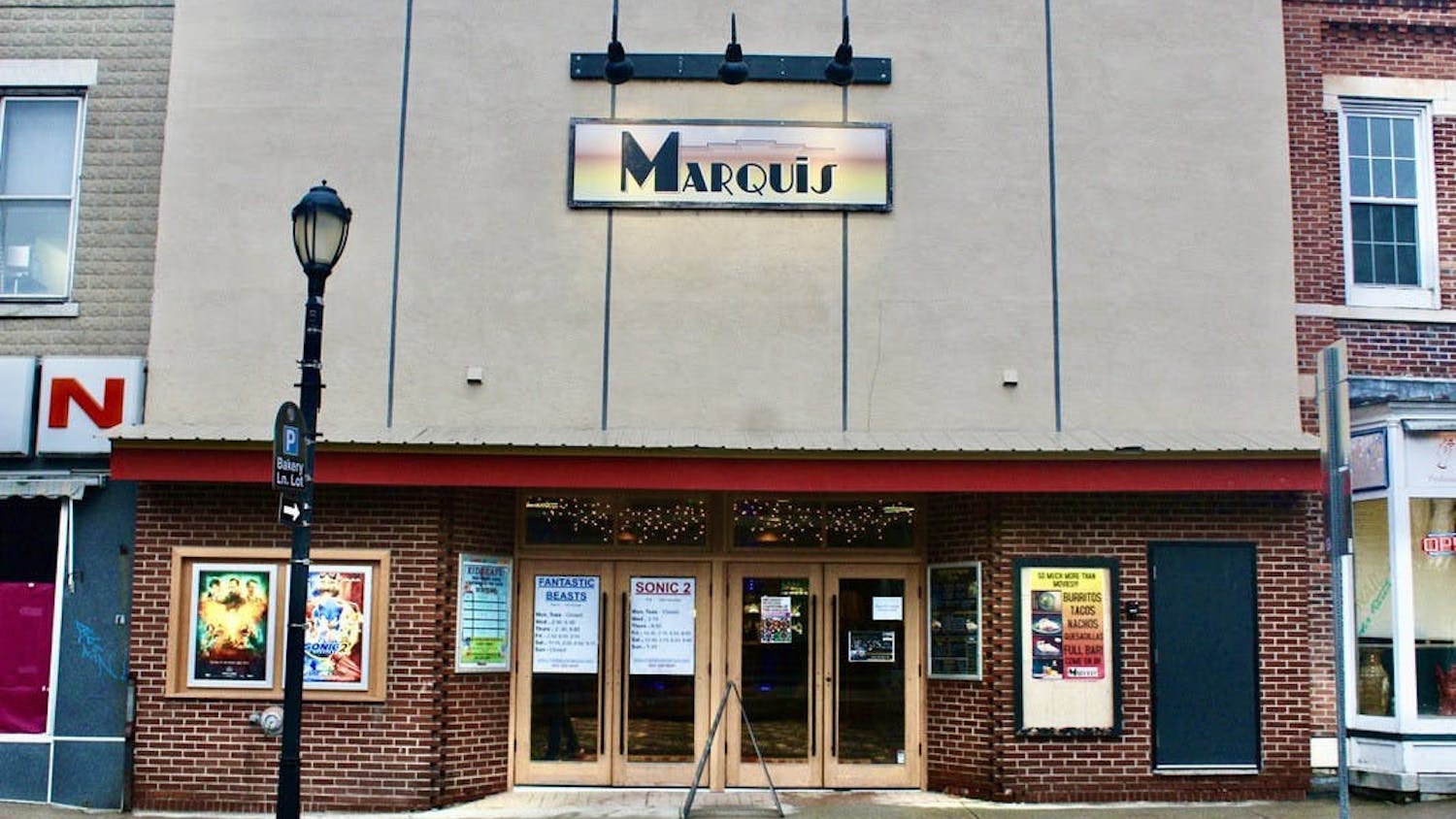The landscape of Vermont’s Northeast Kingdom is about to experience a dramatic shift, and, remarkably, it has nothing to do with heavy snow.
In addition to readying itself for a year of above average snowfall, the remote corner of Vermont known as the Northeast Kingdom — an area adjacent to the Canadian border that encompasses Essex, Orleans and Caledonia counties — is preparing for the commencement of an $865 million development project that is projected to create 10, 000 new jobs in Vermont.
Co-owners of Jay Peak Resort Bill Stenger and Ariel Quiros are the driving forces behind this development project.
The vision that these two men share for the revamped Jay Peak Resort represents a radical departure from the Jay that many Vermonters have known for years. The two co-owners have made the Jay Peak ski area — which has been open for skiing since 1957 — the centerpiece of their enormous development project.
The project, called the Northeast Kingdom Economic Development Initiative, encompasses seven primary construction and renovation projects across the Northeast Kingdom:Jay Peak Resort, Burke Mountain Resort, AnC Bio research facility, Menck Window Systems manufacturing facility, Newport Marina Hotel and Conference Center, the Renaissance Block on Main Street in Newport and the Newport Airport.
“We believe this undertaking will fundamentally alter the economic landscape of the Northeast Kingdom and how the international business community views this region of Vermont,” said co-founder of the Northeast Kingdom Development Initiative Bill Stenger.
The dizzying breadth of Stenger and Quiros’ project begs a number of questions. Foremost among them is the central question of financing. How can these two men afford to undertake such a costly project?
The answer lies in an unexpected fragment of immigration law known as the EB-5 visa program. The EB-5 visa program enables foreign investors to procure green cards in exchange for an investment in the American economy. The EB-5 program stipulates that the investment must create or preserve at least 10 jobs for US workers.
The program also requires an investment of at least $1 million, unless the investment is made in what is known as a ‘Targeted Employment Area” (TEA). TEA designation is conferred primarily on rural areas and areas with high unemployment levels.
Congress created the EB-5 visa program in 1990 as a part of the Immigration Act of 1990 in the hope that the program would act as an economic stimulus. Due to numerous complications such as charges of fraudulence and inefficiency, the program remained highly underutilized.
In the wake of the financial crisis of 2008, however, sources of funding became scarce, and businesses began to have more and more difficulty raising capital. Stenger and Quiros quickly latched on to the EB-5 program as a way to quickly generate large amounts of capital when domestic sources of capital became difficult to find.
Due to low population density in Essex, Orleans and Caledonia counties, Vermont’s Northeast Kingdom is designated as a TEA. Having already attracted hundreds of foreign investors, the EB-5 visa program has the potential to revitalize the sparsely populated Northeast Kingdom.
“It is our belief that when everything is complete, the Northeast Kingdom will be an economic engine for Vermont,” said Quiros in a press conference.
“This initiative will not only require more than 2,000 construction workers, but will create thousands more jobs in manufacturing, biotechnology, hospitality and tourism,” he continued.
Despite the many advantages outlined by Quiros and Stenger, the unusual method of capital solicitation has proved to be polarizing, and it has garnered widespread national attention.
Critics of the program in Vermont claim that the EB-5 program is elitist and that it will disenfranchise local Vermont business owners by flooding the quiet Northeast Kingdom region with foreign capital. In some towns in the Northeast Kingdom, local residents and business owners are struggling to remain open.
At the other end of the spectrum, proponents of the EB-5 program laud Stenger and Quiros for simultaneously creating new Vermont jobs and bolstering Vermont’s tourism industry.
The controversy surrounding the EB-5 program extends well beyond the borders of the state. In December 2011, writers Patrick McGeehan and Kirk Semple wrote an article for the New York Times that criticized the EB-5 program for encouraging gerrymandering and corruption.
Many critics have expressed concern that EB-5 and other so-called “cash for visa” programs will also deepen preexisting socioeconomic divides in the immigrant community.
Terry Smith, a writer for the Athens News, an Ohio newspaper, wrote an article entitled “Hey, let’s do what Northern Vermont is doing” in which he praises the Stenger and Quiros for turning a “long-depressed rural area” into a “year-round recreation Mecca.”
As the EB-5 controversy rages on, however, Stenger and Quiros are still hard at work. The co-owners have already attracted more than 330 investors from more than 55 countries; these investors have provided Stenger and Quiros with more than $250 million to begin their massive development project.
Stenger and Quiros have already begun to put their money to work. Millions of dollars worth of renovations to Jay Peak ski resort have already been completed.
Other projects — such as the building of a large hotel and biomedical facility in Newport — are slated to begin in late 2013.
The two owners of Jay Peak are confident that the EB-5 program will continue to generate enough money to sustain the project at all phases of development.
“The residents of the Northeast Kingdom have a bright economic future,” commented Quiros in a press release.
All projects in the Northeast Kingdom Development Initiative are projected to be completed within the next 36 to 60 months.
$865 Million Project Revamps Northeast Kingdom
Comments



